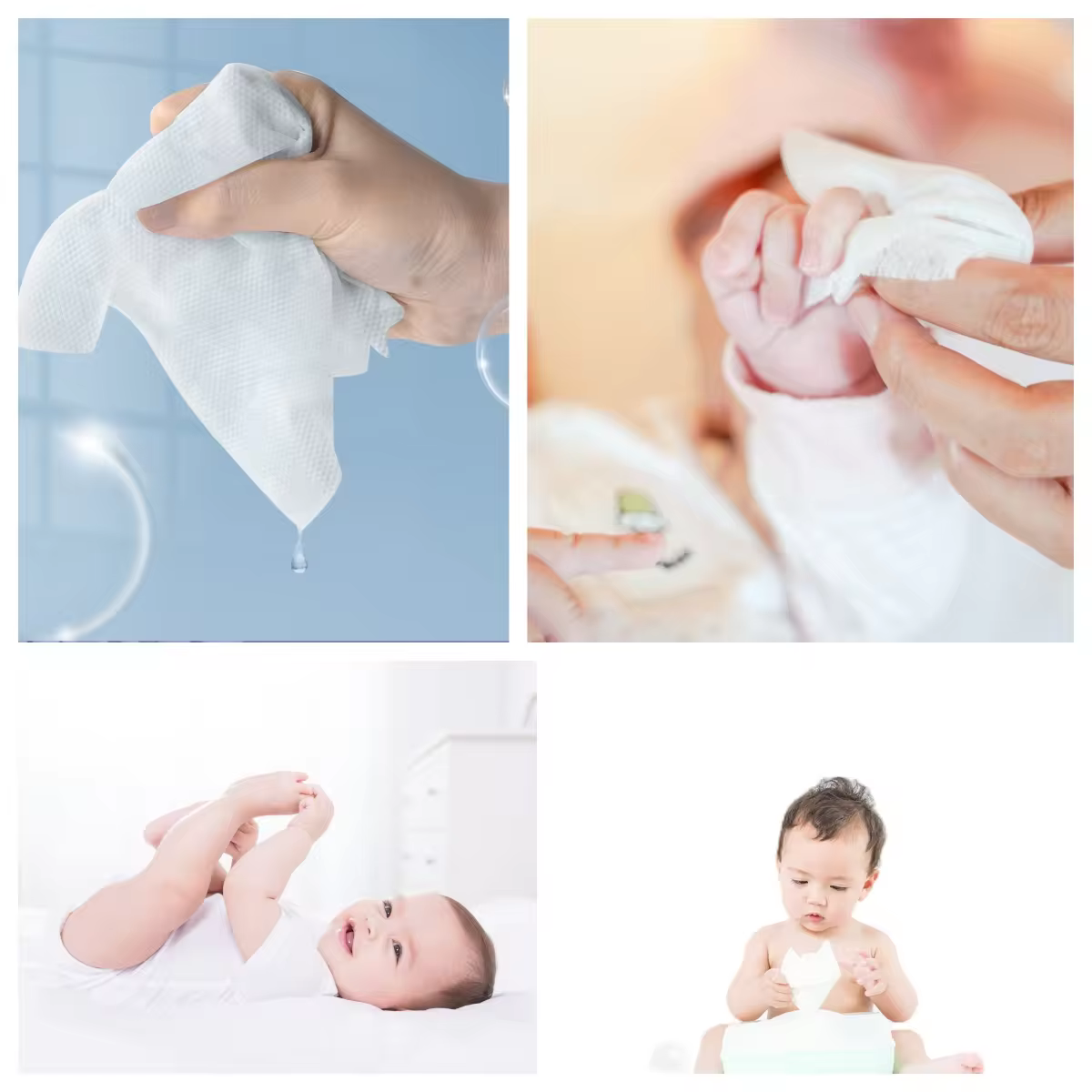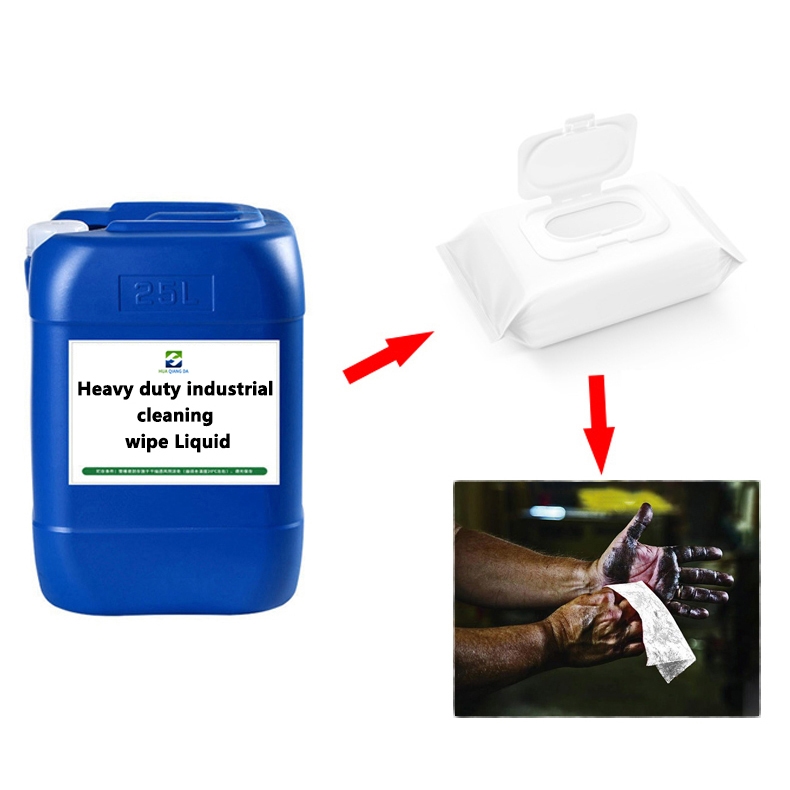
Baby wipes
Characteristics: The skin of infants is delicate and more sensitive to irritating substances. Moreover, baby wipes may come into contact with sensitive areas of infants such as the mouth and eyes. Therefore, there are higher requirements for the safety and mildness of the liquid formulation of the wipes.
Application method: The carrier soaking quantitative method is more appropriate. This method can simulate the situation of the wipes coming into contact with the skin during actual use. By soaking the bacteria-contaminated carrier in the liquid formulation of the wipes and observing the inhibitory effect on microorganisms, it can better reflect the anti-mildew and antibacterial ability of the liquid formulation during actual use. At the same time, this method is relatively mild and will not cause great damage to the components in the liquid formulation of the wipes, which is conducive to accurately evaluating its effect on microorganisms. In addition, the bacteriostatic ring method can also be combined for preliminary screening to quickly determine whether the liquid formulation has antibacterial activity.

Adult cleaning wipes
Characteristics: It is mainly used for the daily cleaning of adult skin and may come into contact with various types of microorganisms. There is a certain requirement for the antibacterial effect, but the requirement for mildness is relatively lower than that of baby wipes.
Application method: The suspension quantitative method is a good choice. This method can accurately determine the antibacterial rate of the liquid formulation of the wipes against different microorganisms. By mixing the microbial suspension with the liquid formulation, it can more comprehensively evaluate the antibacterial ability of the liquid formulation under different microbial contamination conditions. At the same time, the determination of the minimum inhibitory concentration (MIC) can also be used as an auxiliary to determine the minimum inhibitory concentration of the liquid formulation against specific microorganisms, providing more detailed information for the formula optimization and quality control of the product.

Disinfectant wipes
Characteristics: The main function of disinfectant wipes is to kill or inhibit pathogenic microorganisms, and there is a high requirement for the antibacterial effect, which needs to function quickly and efficiently.
Application methods: Both the suspension quantitative method and the carrier soaking quantitative method can be used for the testing of the liquid formulation of disinfectant wipes. The suspension quantitative method can quickly evaluate the killing or inhibitory effect of the liquid formulation on a large number of microorganisms, and is suitable for the preliminary screening and rapid detection of the bactericidal ability of disinfectant wipes. The carrier soaking quantitative method focuses more on simulating the actual use scenario. By soaking the bacteria-contaminated carrier in the liquid formulation and observing its bactericidal effect within a certain period of time, it can more accurately reflect the disinfection ability of disinfectant wipes in actual use. In addition, methods such as on-site disinfection tests can also be combined to further verify its disinfection effect in the actual environment.

Industrial wipes
Characteristics: Industrial wipes are usually used for cleaning industrial equipment, tools, etc. They may come into contact with various complex microbial communities, including some bacteria and fungi that survive in harsh environments. There is a high requirement for the anti-mildew and antibacterial effect, and there are certain requirements for the stability and tolerance of the liquid formulation.
Application methods: A combination of the suspension quantitative method and the MIC determination can be selected. The suspension quantitative method can quickly evaluate the inhibitory effect of the liquid formulation on microorganisms in common industrial environments, and the MIC determination can help determine the minimum effective concentration of the liquid formulation against specific difficult-to-inhibit microorganisms, providing a more accurate basis for the formula design and use of industrial wipes. At the same time, due to the complex microbial contamination situation in industrial environments, it is also possible to consider adding tests for some special microbial strains, such as salt-tolerant bacteria and thermophilic bacteria, to comprehensively evaluate the anti-mildew and antibacterial performance of the liquid formulation of wipes in industrial environments.







 English
English
 USA
USA
 西班牙语
西班牙语
 俄罗斯
俄罗斯
 葡萄牙
葡萄牙
 印尼
印尼
 巴基斯坦
巴基斯坦
 尼日利亚
尼日利亚
 孟加拉
孟加拉
 墨西哥
墨西哥
 越南
越南
 日本
日本
 韩国
韩国

